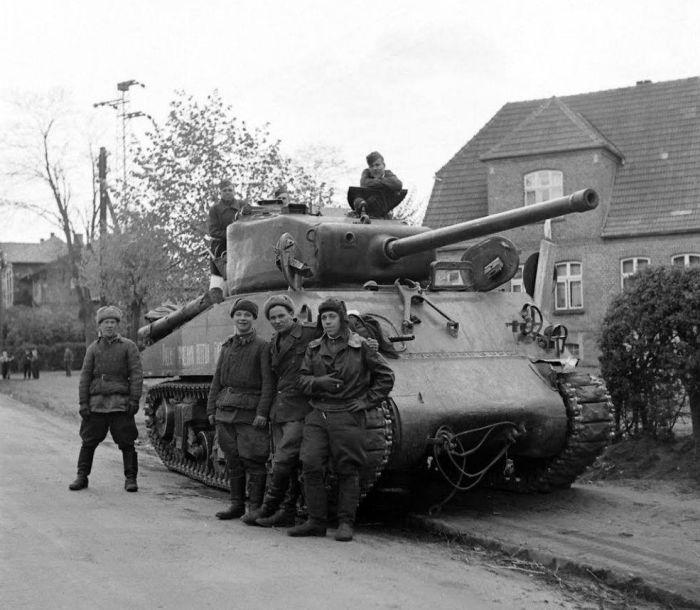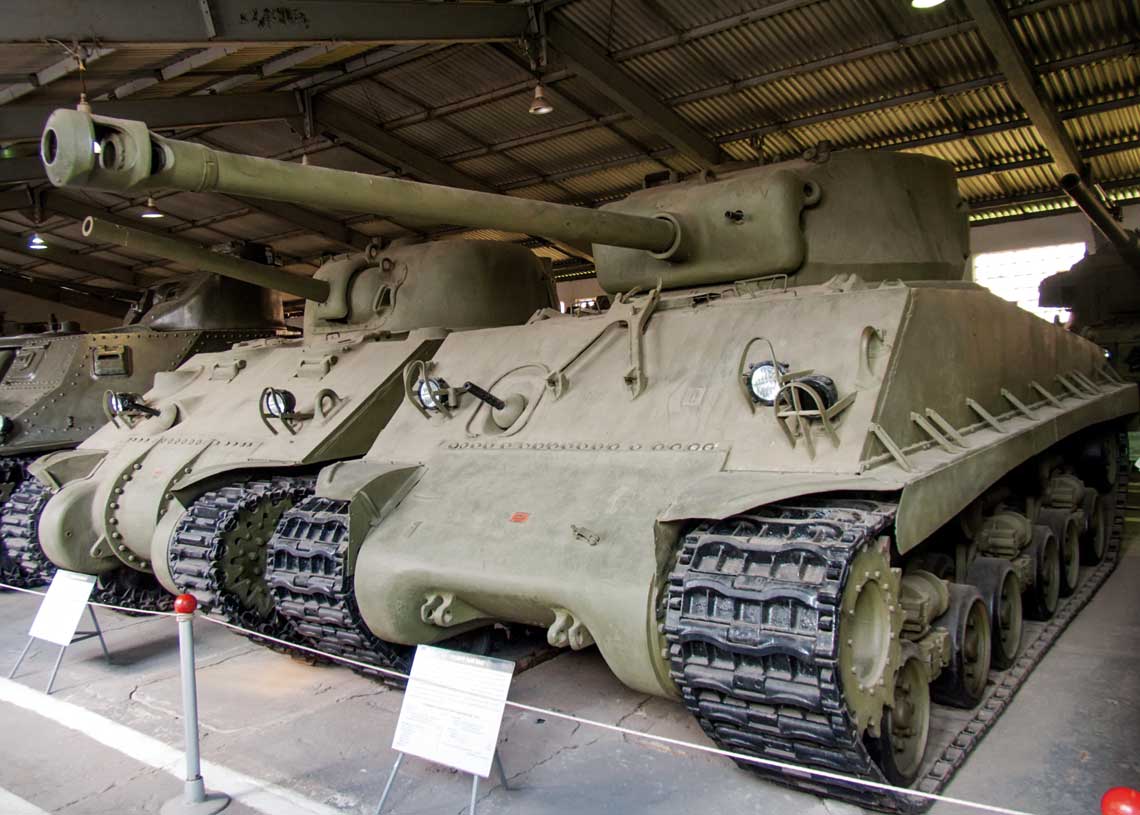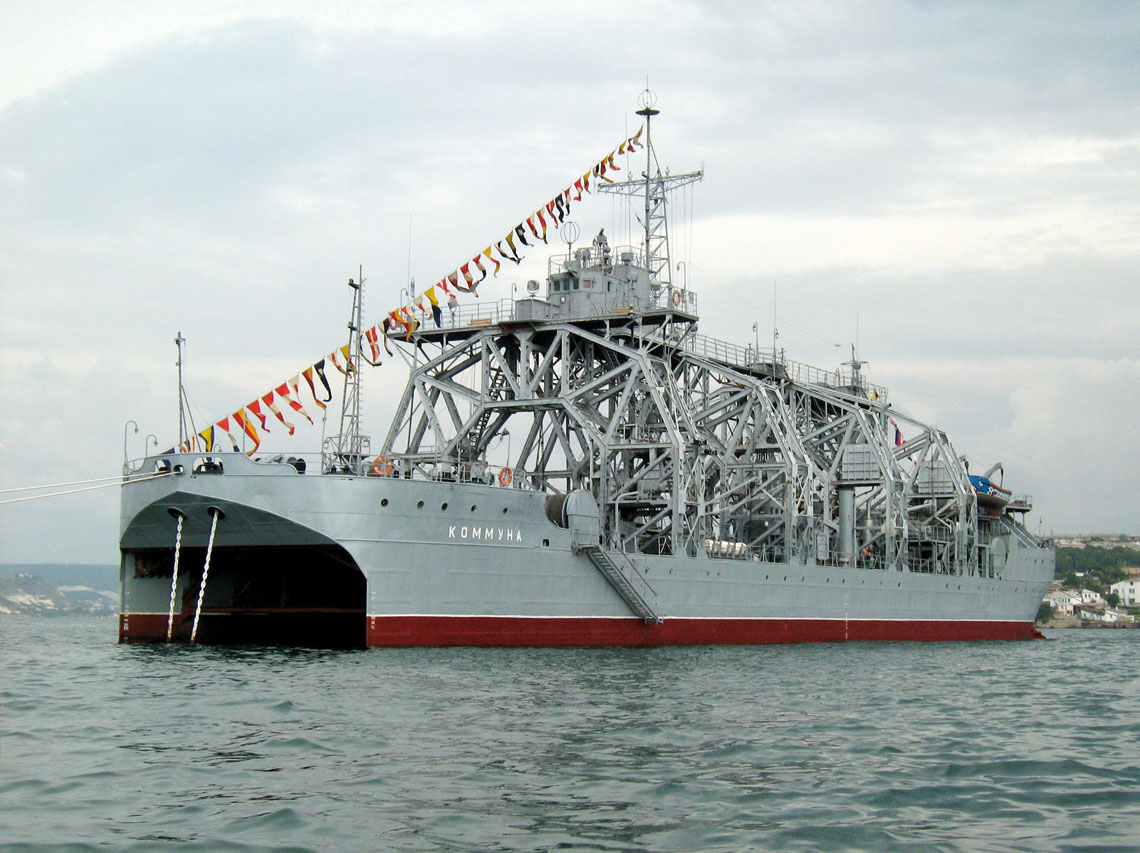
American tanks in the Red Army
Content

The Red Army lost more tanks in 1941-1943 than its domestic industry produced. However, she had allies who prevented her defeat by providing the vehicles needed for the battle.
A typical scenario of the Russian history of Lend-Lease tanks is as follows: the tank is described (its shortcomings are highlighted), it is noted that it was delivered in small quantities (besides, it was already obsolete at the time of shipment) and its shortcomings are shown (most often in comparison with Tiger). At this point, it's time to introduce the unofficial name that the Red Army used to refer to the tank - of course, the name comes from its shortcomings. Then it is said where the tanks were used: as a rule, it turns out that the combat career was short, and it was carried out on the secondary fronts of the battles. Finally, they say that although the tank was foreign trash, but in the hands of an experienced Red Army soldier, it became a truly deadly weapon. An example is given of an unknown tanker with a common surname, who destroyed several fascist tanks in his car.
This scenario has operated continuously for seventy-five years. In the days of the USSR, non-compliance with it threatened even with a prison, but - thanks to the impulse - it still works today. What's more, the force of habit (and lack of sources) makes such narrative language independent of the media: just check the Wikipedia article to find out.
Meanwhile, the help of the allies to the Soviet Union can hardly be overestimated.
Droga Lend-Lease
On August 23, 1939, the Soviet Union signed an alliance with Nazi Germany, which led to the outbreak of World War II. For the first year, Hitler and Stalin worked together in unison, conquering all of Europe in the company. The US stayed out of the war for a long time, but when Britain was left on the battlefield against Hitler and Stalin, the White House decided to take its side. The motives for this move varied. Humanitarian considerations played a secondary role - the majority of society supported isolationism, and only a few wanted the "victory of democracy" over communism and National Socialism.
Much more important were various economic reasons. The United States has not yet recovered from the Great Depression that began in 1929, and in the summer of 1940, most of the armaments enterprises were on the verge of bankruptcy - they produced for France, which, after its defeat, could not and did not want to take the ordered equipment. British orders could give impetus to economic development. In addition, the British not only paid for the supplies, but also allowed the Americans to seize their own bases. And not only their own: the US Armed Forces also entered Greenland and Iceland ...
The United States became the "arsenal of democracy" as early as 1938, when the French purchasing mission entered. If not for the defeat in June 1940, this autumn a significant part of the French aviation - almost the entire bomber and reconnaissance deck, as well as part of the fighter - would have been equipped with American aircraft. Orders for these aircraft were quickly handed over to the British and were used mainly in Africa, the Middle and Far East. They received even more help in the naval war and made large orders for tanks, equipment and other equipment.
These purchases were made possible thanks to a decision taken by the United States in the fall of 1939 - the President approved it on November 5 after a six-week discussion in Congress. From that moment on, the opposing sides were bound by the "cash and carry" principle. This was a violation of the principles of neutrality, although in theory all parties to the conflict could make purchases. The catch was that you had to pay for the weapons in cash and take them out of America with your own transport. For obvious reasons, the Germans and the Soviets could not do this, only the French and the British.
A year later, after the re-election of Franklin D. Roosevelt, great support was given to Great Britain. Unconcerned about the victory in the elections - mostly isolationists - he officially declared the United States "the arsenal of democracy", promised British assistance, and on March 11, 1941 approved the Lend-Lease Act.
